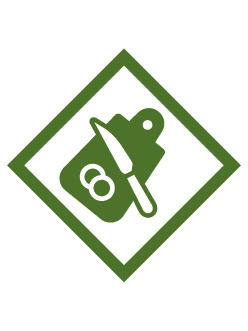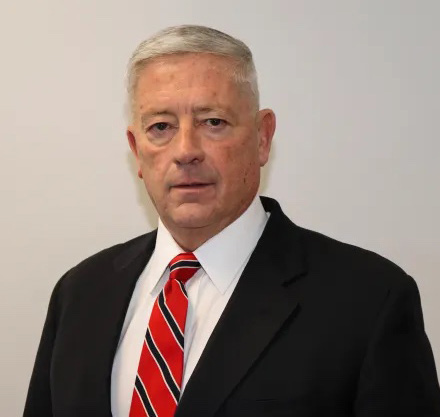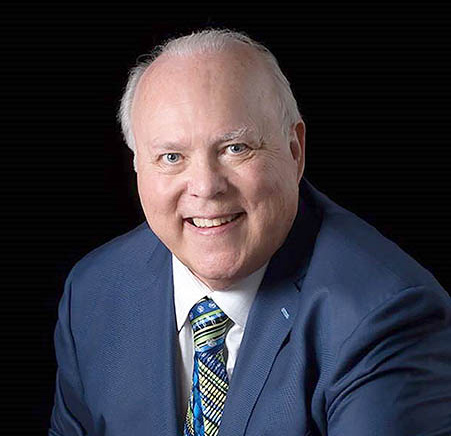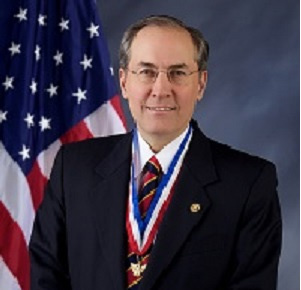Feedback
Feedback
Please provide feedback on your experience of this adventure or activity
Report Quality Assurance
If there are errors or issues with this adventure/ activity, please go to the Report Quality Assurance Page.
Adventure/Activity Feedback Form
This feedback helps identify things den leaders like and opportunities for improvement.
Webelos >
Webelos Kitchen Knife Care and Use
Print This Page
Webelos – 4th Grade
Chef’s Knife
Elective

Requirement 3
Webelos Kitchen Knife Care and Use
Webelos – 4th Grade
Chef’s Knife
Elective

Requirement 3
Webelos Kitchen Knife Care and Use
Snapshot of Activity
Cub Scouts demonstrate proper care of a kitchen knife.
Indoor
3
5
3
If you want to know more about The Adventure Activity Key click here.
Supply List
- 6” chef’s knife, one for each Cub Scout
- Large 3000 grit or higher whetstone
- A honing rod or honing steel
- Spray bottle of water
- First aid kit
- Cutting board
- 1 large whole carrot for each Cub Scout
Directions
Before the meeting:
- If you have not done so already watch the Cub Scout Knife Safety Adventure video and the section on how to sharpen a knife.
- Establish an area to safely conduct knife sharpening. Remove all objects and allow for plenty of room for Cub Scouts to safely sharpen their kitchen knife.
- At least a half hour before the meeting set the whetstone in water. Remove just before the meeting.
During the meeting:
- Remind Cub Scouts of the knife safety rules.
- Stop – make sure no one else is within arm’s reach
- Away – always cut away from your finger or other body parts
- Sharp – a sharp, clean knife is a safe knife
- Store – knives closed, in a sheath or knife block
- Using what you learned in the video, demonstrate how to sharpen a knife. Inform Cub Scouts that kitchen knives are best sharpened professionally but if you have the right tools, you can do it yourself. If you use a kitchen knife often the blade will get dull.
- Show Cub Scouts the
- Spray the whetstone with water.
- Lay the blade on the stone at a 35-degree angle. Push the blade forward as if you were going to shave a thin sliver from the stone. Do not push down hard. Wipe the blade with a soft cloth before doing the next side. As you are sharpening the blade small pieces of metal and parts of the whetstone are collecting on the blade, so you want to wipe the blade and the whetstone often.
- Next, turn the blade over and sharpen the other side. Continue this back-and-forth action until the edge is sharp along its entire length. About 10 passes on each side of the blade should sharpen the knife.
- Inform the Cub Scouts that after they sharpen a knife it needs to be washed before use.
- Allow Cub Scouts to take turns practicing sharpening their kitchen knife. Show the honing rod/steel and explain that the honing rod is not designed to sharpen a knife blade. A honing rod is designed to straighten a knife blade. The edge of the blade can become crooked and a couple of passes on a honing rod will get the blade straight. The important thing to know is that the honing rod doesn’t sharpen a knife.
- Once their kitchen knife is sharp, demonstrate the proper grip. When using a kitchen knife there is the handshake grip and the pinch grip. Use the hand that you are most comfortable with. You can grip the knife on the handle (called the handshake grip), or you can use the pinch grip. The pinch grip is where you pinch the blade of the knife just above the bolster with your thumb and forefinger, then wrap the other fingers around the handle.
- Have each Cub Scout try both grips on their knife to see what grip they are the most comfortable with. Once they have decided have them place their knives back down
- Demonstrate the claw. When holding the object you are cutting, use the claw technique to keep the object stable and your fingers out of the way. To make a claw, shape your free hand into a claw by tucking four fingers behind your middle finger. Tightly grip the food with your claw hand, using all five fingers to hold it steady, with the thumb and pinky finger stabilizing the sides. Make sure the fingertips are always farther back from the knife edge than the knuckles.
- Have each Cub Scout demonstrate the claw grip by gripping a carrot.




